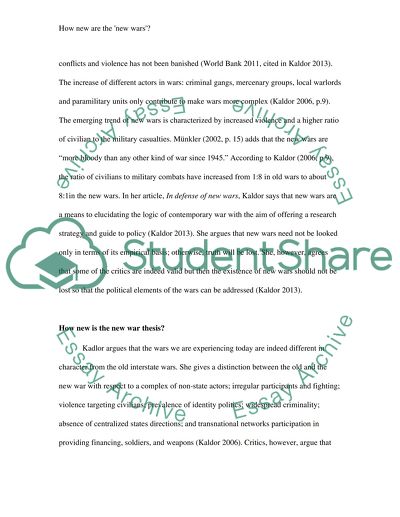Cite this document
(“How new are the 'new wars' Evaluate Kaldor's thesis with respect to Essay”, n.d.)
Retrieved from https://studentshare.org/history/1495005-how-new-are-the-new-wars-evaluate-kaldor-s-thesis
Retrieved from https://studentshare.org/history/1495005-how-new-are-the-new-wars-evaluate-kaldor-s-thesis
(How New Are the 'new wars' Evaluate Kaldor'S Thesis With Respect to Essay)
https://studentshare.org/history/1495005-how-new-are-the-new-wars-evaluate-kaldor-s-thesis.
https://studentshare.org/history/1495005-how-new-are-the-new-wars-evaluate-kaldor-s-thesis.
“How New Are the 'new wars' Evaluate Kaldor'S Thesis With Respect to Essay”, n.d. https://studentshare.org/history/1495005-how-new-are-the-new-wars-evaluate-kaldor-s-thesis.


